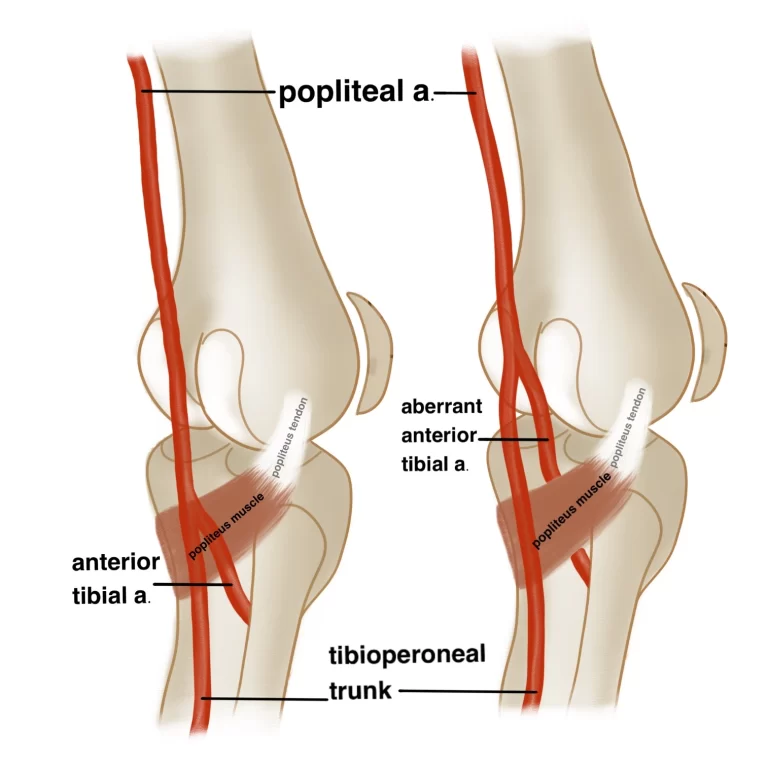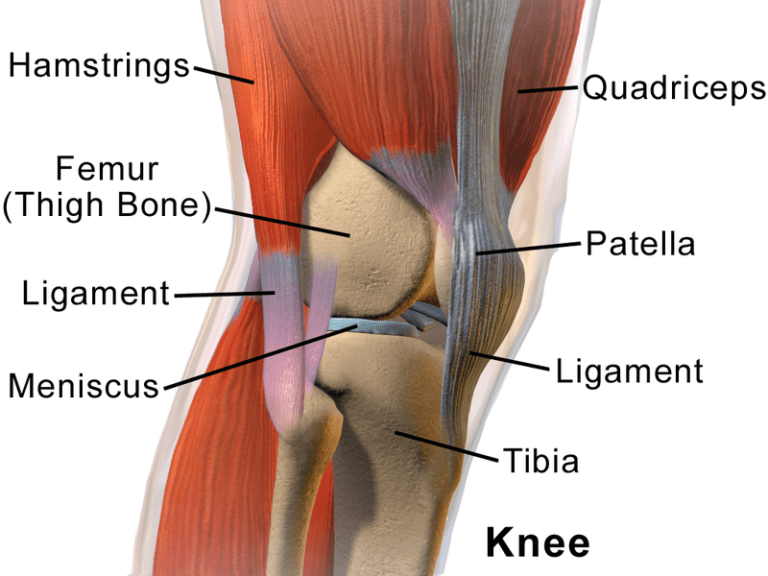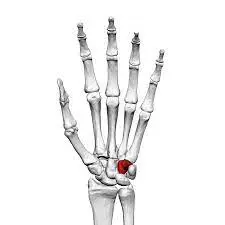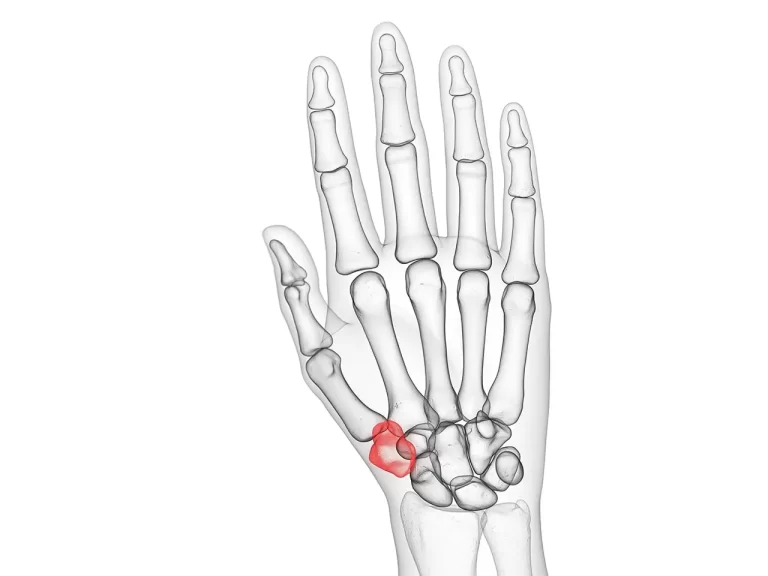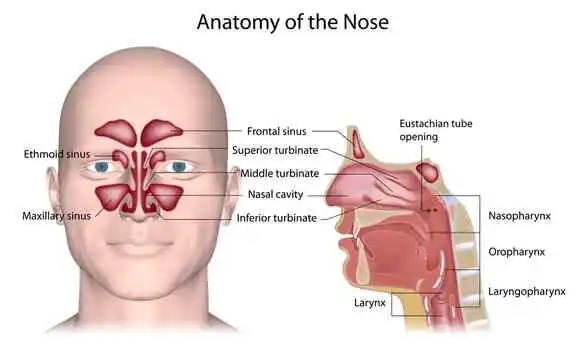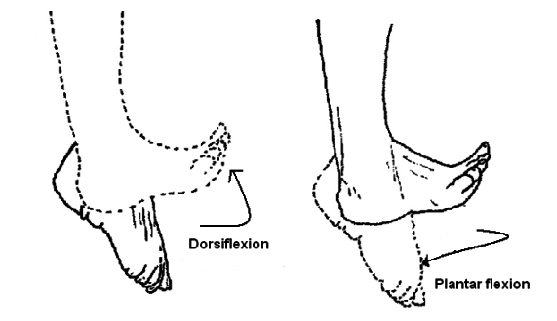Abductor Pollicis Brevis Muscle
Table of Contents
What is Abductor pollicis brevis muscle?
The abductor pollicis brevis muscle is a hand muscle located at the base of the thumb that is responsible for abducting the thumb away from the palm. It is innervated by the median nerve and is important for thumb movement and grip strength. Injuries or conditions that affect this muscle can result in weakness or limited mobility of the thumb.
The abductor pollicis brevis muscle is a tiny, triangular muscle situated in the hand. APb is one of the intrinsic muscles of the hand, meaning that it originates and inserts within the hand itself.
As its name implies, the initial role of the abductor pollicis brevis muscle is to take the thumb outside, meaning it moves the thumb away from the palm of the hand. It also administers in opposition & extension of the thumb.
This muscle is innervated by the median nerve, which is a nerve that comes from the brachial plexus and goes down the arm and into the hand. The APB muscle is necessary to muscle for fine motor control of the hand, and its proper function is important for performing many routine activities, namely grasping and manipulating objects.
There are 4 muscles in the thenar’s muscles eminence: abductor pollicis brevis, adductor pollicis, flexor pollicis brevis, and opponens pollicis. The thenar eminence is the elevation they generate on the palm’s lateral aspect.
Beneath the skin is the most lateral and shallow of the thenar muscles, the abductor pollicis brevis. It links the thumb’s proximal phalanx to the scaphoid and trapezium carpal bones through the flexor retinaculum. The abduction of the thumb at the carpometacarpal joint is the first and foremost function of the abductor pollicis brevis.
Origin of Abductor pollicis brevis muscle
It comes from the front of the transverse carpal ligament and expands into the tubercles of the scaphoid and trapezium, with the abductor pollicis longus tendon traditionally contributing.
Insertion
A short tendon links the muscle to the base of the thumb’s proximal phalanx on the lateral side.
Relations
- The fusiform APB muscle is instantly beyond the opponens pollicis and flexor pollicis brevis muscles at the level of the thenar eminence.
- The thenar branch of the median nerve goes via a gap generated by these 3 muscles.
- The abductor pollicis brevis’s external element is traversed by the superficial palmar branch of the radial artery.
Innervation
The median nerve’s thenar branch innervates the abductor pollicis brevis (root values C8 and T1).
Blood supply
Blood is supplied to APB Muscle by the superficial palmar branch that arrives from the radial artery.
The function of the APB muscle
- The abduction of the thumb at the carpometacarpal and metacarpophalangeal joints is the foremost function of the abductor pollicis brevis muscle.
- The abductor pollicis longus muscle and this movement work incorporated. Moreover, the abductor pollicis brevis creates it more leisurely to drive the thumb toward the fingertips in opposition to the carpometacarpal joint and to bend the metacarpophalangeal joint.
- All of the priorly mentioned elements of this muscle are of magnificent importance for the appropriate working of the hand, such as getting a handle on round objects or completing chores that demand accuracy (for example composing and sewing).
Clinical relevance
- Carpal tunnel syndrome
- Median and ulnar nerve lesions
- Syringomyelia
- Motor neuron disease
- Peripheral neuropathy
Assessment
By applying antagonism to abduction upward and away from the palm’s plane, the function may be diagnosed.
Abductor pollicis brevis muscle stretching
- With adduction and flexion of the thumb at the carpometacarpal joint and lateral deviation of the hand at the wrist joint, the abductor pollicis longus is stretched.
Abductor pollicis brevis muscle strengthening exercise

- Start with the palm facing you, muffle a rubber band around the thumb, and grab one end with the opposite hand.
- Holding the band taut, pull it across the palm.
- Against the band’s resistance, move the thumb away from the palm.
- Go into the subsequent repetition by controlling the thumb back until it is resting against the side of the hand.
- By pulling harder on the rubber band, a person may make the abductor pollicis brevis work harder.
- Do 10 repetitions for each thumb.
FAQ
Injury to the abductor pollicis brevis may be caused by repetitive motion or direct trauma. The most usual causes could be overuse, perhaps caused by repetitive actions namely typing, heavy lifting, and sports; or a direct impact, namely a fall to the ground or punching something.
Treatment methods for pain may involve applying ice, immobilization of the thumb and wrist, and anti-inflammatory medications. Surgery is infrequently required but must be followed by rehabilitation to restore strength and flexibility.
Symptoms of Abductor Pollicis Pain are:
Symptoms will involve swelling and local tenderness over the tendons on the thumb side of the wrist. A person can experience a sudden sharp feeling when lifting the child or even lifting pots/pans etc. It may sometimes throb/ache for a while after aggravating it.
Cold packs/heat packs. Manual therapy involves the myofascial release of the tendons and stretching. Strength training for long-standing conditions. Thumb splinting(thumb spica), medication, and taping may be done for very painful or acute cases.


